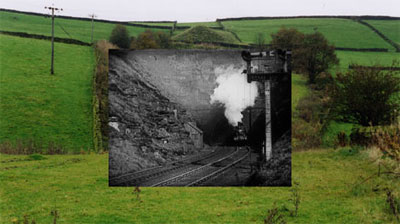
Throughout his career, English filmmaker Patrick Keiller has explored the nuances of his country's landscape. His investigations are set apart by their interest in the way the social, economic and political forces have shaped the nation's geography. One of his most famous films, London (1994), is a documentary account of the year 1992 in England's capital, as narrated by a fictional protagonist "Robinson". Keiller captures the grit and strife of London during the early 1990s, against the turbulent backdrop of declining infrastructure, IRA bombings, and longstanding Tory rule. Keiller combines static camera shots of London streets and landmarks with a poetic voice-over to create landscapes that evoke the political situation of the time. In his new installation The City of the Future (2007), currently on view at the British Film Institute on London's Southbank, Keiller marks a new phase in his exploration of England's socio-economic geography. Based on his research project "The Future of the Landscape and the Moving Image" (2007) at the Royal College of Art, The City of the Future unfolds as a multi-channel installation composed of moving images of London's late 19th century and early 20th century urban landscape collected from "actuality films," an early genre of documentary film that loosely captures footage of events and areas. Using an interactive map, visitors to the space may select a city and play films corresponding to the location. As such, the participant is made aware not only of the differences and similarities of the city's urban geography over time, but also the ever-changing social and economic realities written on the city itself. - Caitlin Jones
Image: Patrick Keiller, The City of the Future, 2007

